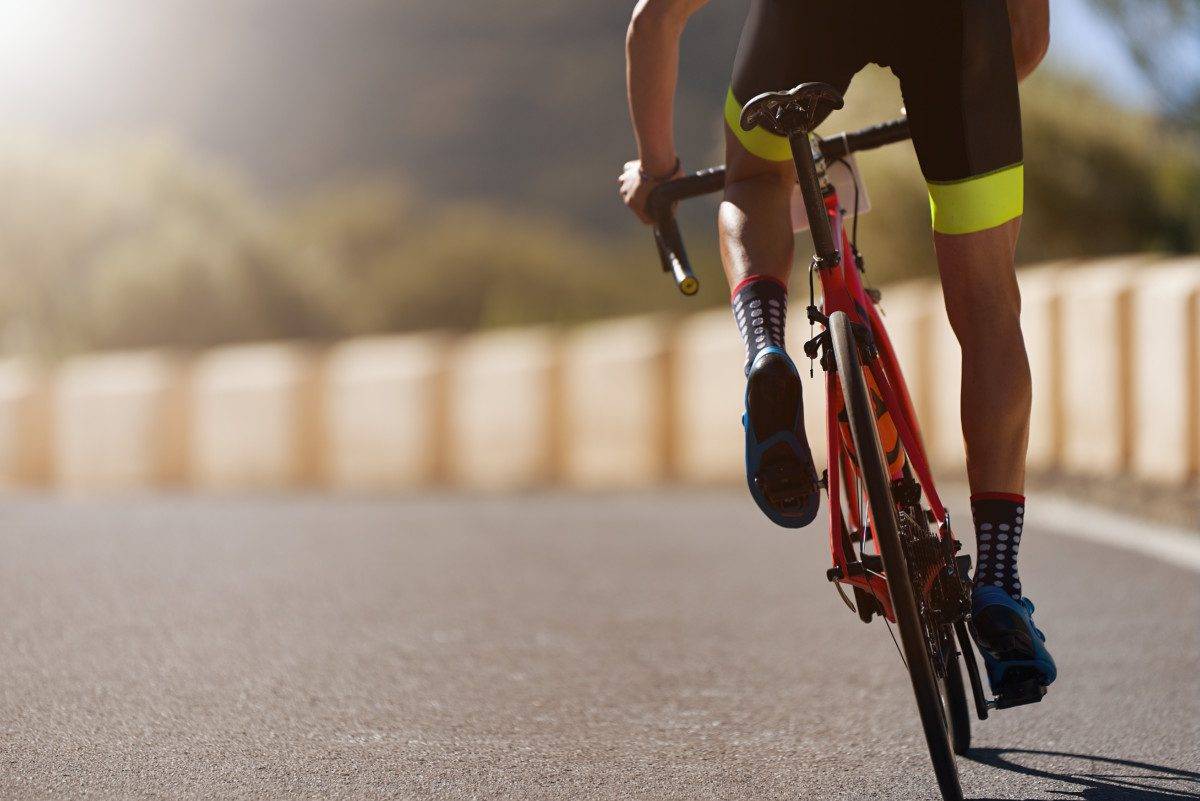By Dan Mollins, PT
Now that Halifax is finally in full summer mode, many of us have returned to the pavement to up those summer KMs. Running is such a fantastic activity – it gets us out in nature while allowing us to increase those exercise-induced endorphins. Throughout my years of practice, I’ve seen varying running-derived injuries, anything from shin splints, to IT bands that are tougher than the pavement that causes them. My first question is always: What other activities are you doing? Running creates this interesting strain on the body; it requires gluteus medius activation for its entirety, but despite this, it doesn’t really build the overall strength of that muscle. While we are hammering the road, the ground forces are challenging that muscle every step of the way, putting it to the test to see if it can keep our hips even and level, where they should be. This is one of the reasons cross-training is so important! Let’s outline some of these specifics, and take a look at some different forms of training we should consider.

Recovery
Several studies over the years have found that cross-training is important for the prevention of injury, as well as the treatment of acute injuries. Cross-training can be useful in the form of de-loaded activities such as cycling or pool running. Cycling is a fantastic means to improve your cardiovascular health, while giving the lower extremities a break from direct ground reaction forces. These ground reaction forces over time can cause tendinopathies, as well as in some cases, stress fractures. Allowing your body a chance to recover is so important for long-term muscle health, and overall performance; however, many people have a hard time taking that “break” from running. This is why you’ll see many high-performance runners are also avid cyclists: when you are feeling guilty for not running, you can mitigate that with a nice long bike ride. These rides can be useful to help clear swelling or any unwanted byproducts, but they can also be used with heavier resistances and climbs to help build the quadriceps and hamstring muscle tone.

Economy & Efficiency
Now to tackle a myth that is commonly seen within the fitness industry: You are either a runner or a gym goer, you cannot be both. This myth has slowly developed over the years, and while there are some slight factors that may have contributed to its origin, overall this has been debunked. Resistance training has been shown to help improve running economy anywhere between 8-20%. An 8% improvement might not seem like much, but running economy is ultimately how efficient your body is at performing the task. Small increases in this economy have been shown to have significant improvements in overall distance, injury prevention, and performance. Remember that poor overworked glut med we spoke of in the introduction? Now imagine the same muscle with 6-8 weeks of strength training: at this point, the muscle mass has been shown to increase, and be more readily available to accept greater forces and loads. Having appropriate strength through the hips will allow runners to use less of their overall strength, thus allowing the forces to be more easily dealt with.

So what can we do to help prevent injury and improve performance? Two major take away points here:
- Mix in some cross-training cardio, i.e., forms of de-loaded cardiovascular training: swimming, pool running, biking., etc.This allows the cardiovascular system to be stressed, but removes most of the distal load on the joints that get a significant beating while running;
- Don’t be fearful of strength training. Moderate levels of strength training have been shown to improve running economy, distance and overall speed. The key is to find that balance with strength training. If you don’t have access to a proper gym, think about ways to train your glutes and quads at home. Have a couch? Great Bulgarian split squats can be easily done at home with little weight and a couch or chair. Speaking with a trained physiotherapist or personal trainer can also provide certain easy at-home activation and strength exercises that involve very little equipment.
Hopefully, this article helps improve your knowledge on how we can prevent injuries, and improve performance. Final thoughts, do not be scared or ashamed of taking days off. Our muscles and joints NEED breaks to help them develop strength: rest days are needed, just the same as those long runs are needed for that marathon. Find that balance that works for you and your body, listen to your body, and give yourself a break sometimes.

